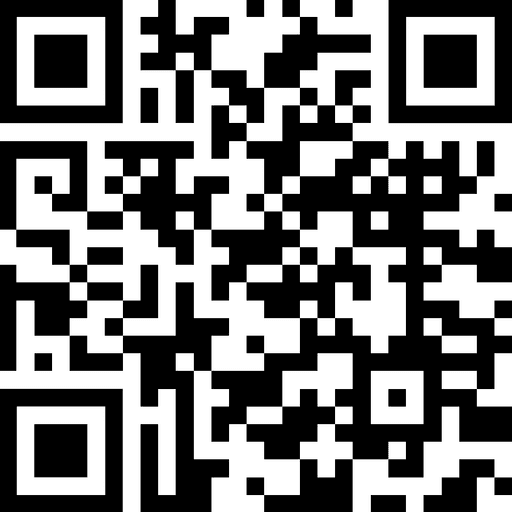Onboarding isn't just teaching your users…
It isn’t just about teaching users how to use your product, it’s about helping them build habits that keep them coming back. By focusing on repeatable actions and celebrating milestones, you can guide users toward integrating your product into their daily lives. Tools like in-app changelogs can play a crucial role in this, keeping users engaged by introducing them to new features and updates over time.
The Habit Loop
In 2012, Charles Duhigg’s The Power of Habit introduced the world to the habit loop: cue, routine, and reward. This loop explains how habits form and stick. In onboarding, this means creating consistent triggers (like notifications or changelogs), encouraging repeatable routines, and rewarding users for their efforts. Apps like Duolingo and Notion excel at this, reinforcing engagement with cues like streaks, notifications, and update logs.
An in-app changelog extends this loop beyond onboarding, acting as a cue for discovery and re-engagement. When users see updates regularly, they’re reminded of your product’s value, keeping it top of mind.
Your action items are…
Identify repeatable actions: Focus onboarding on actions users need to do consistently to see value.
Example: Asana includes grouping tasks in their onboarding to help users see the value of their tool and reduce friction later on.

Incorporate an in-app changelog: Use the changelog as a way to introduce updates and keep users engaged over time.
Example: Jimo announce new features in the changelog widget like “Introducing Logic View” to show progress and encourage re-engagement of the platform.

Use triggers to nudge behavior: Leverage notifications, tooltips, or hotspots to draw users back to repeat actions or explore updates.
Example: A notification might say, “You’ve got new tools to streamline your workflow—check them out!”
Reward engagement: Celebrate small wins with animations, badges, or streak counters to reinforce the habit loop.
Imagine onboarding as a habit-forming ritual
It can starts with small actions (a cup of coffee, a quick workout) that grow into habits you can’t live without. An in-app changelog becomes your product’s way of saying, “There’s always something new here, come and see!” By keeping users informed and engaged, you strengthen the connection between your product and their routine.
Focus onboarding on high-value, repeatable actions that drive retention.
Use an in-app changelog to keep users informed and engaged beyond the first session.
Triggers and rewards reinforce behaviors, turning them into habits.










